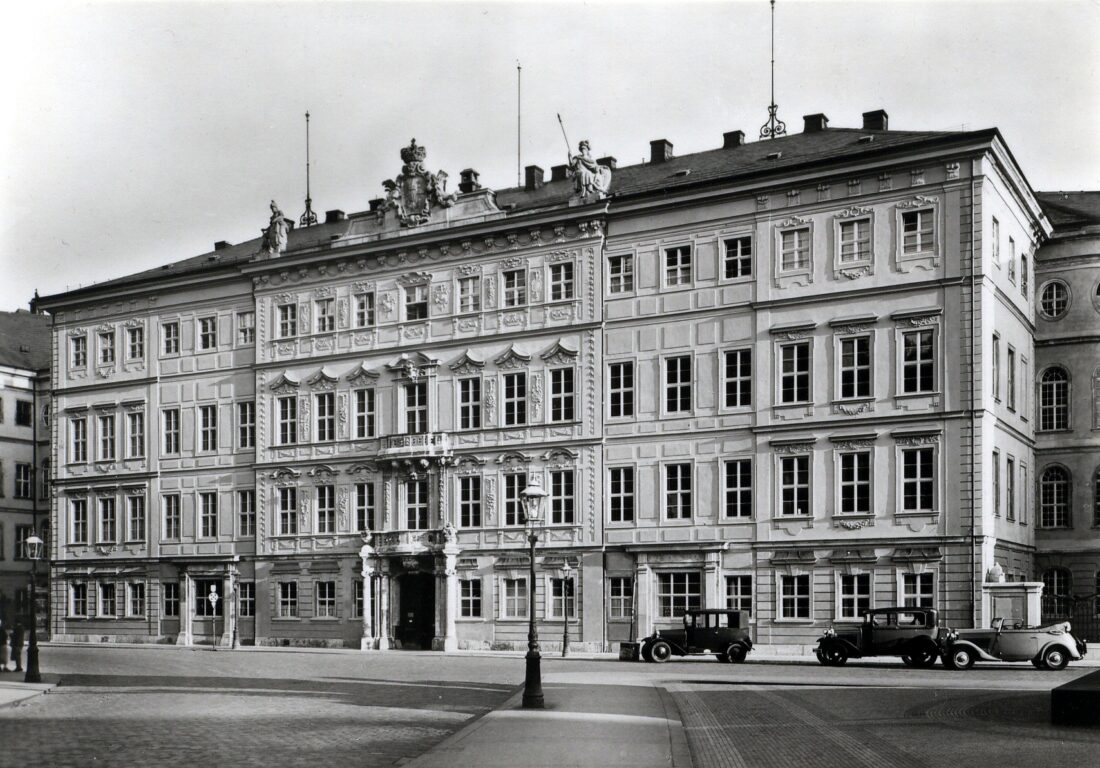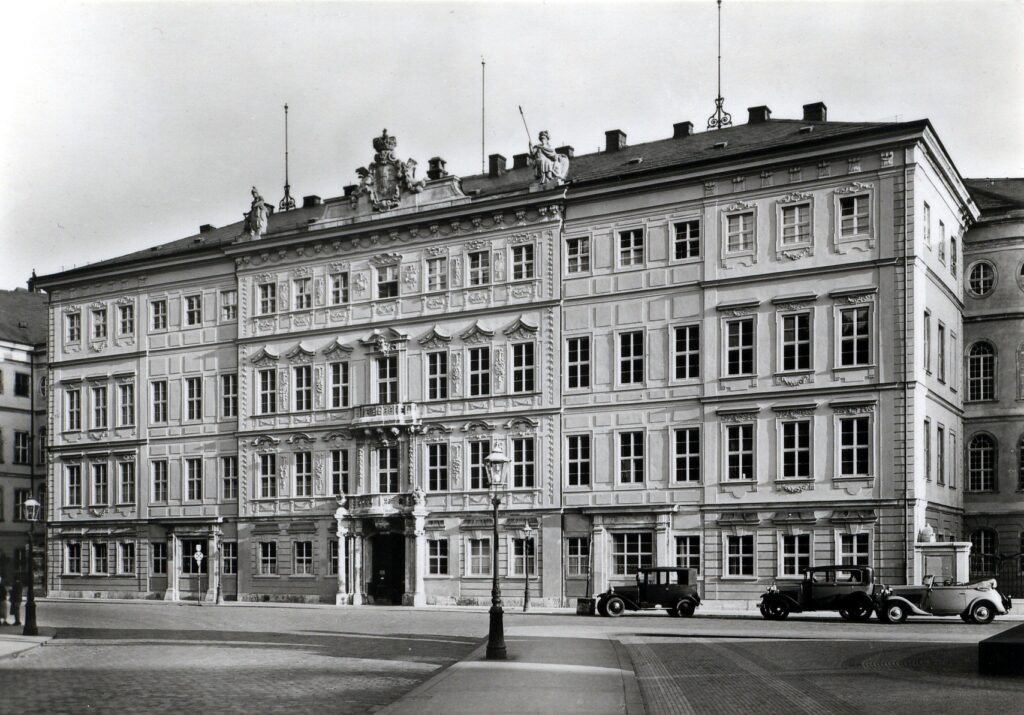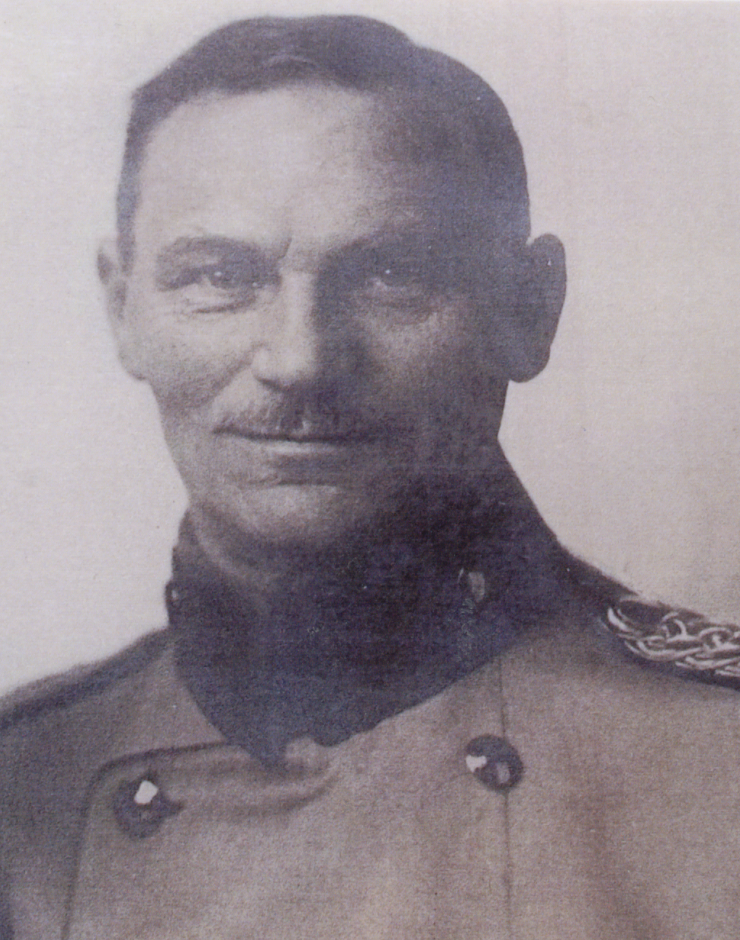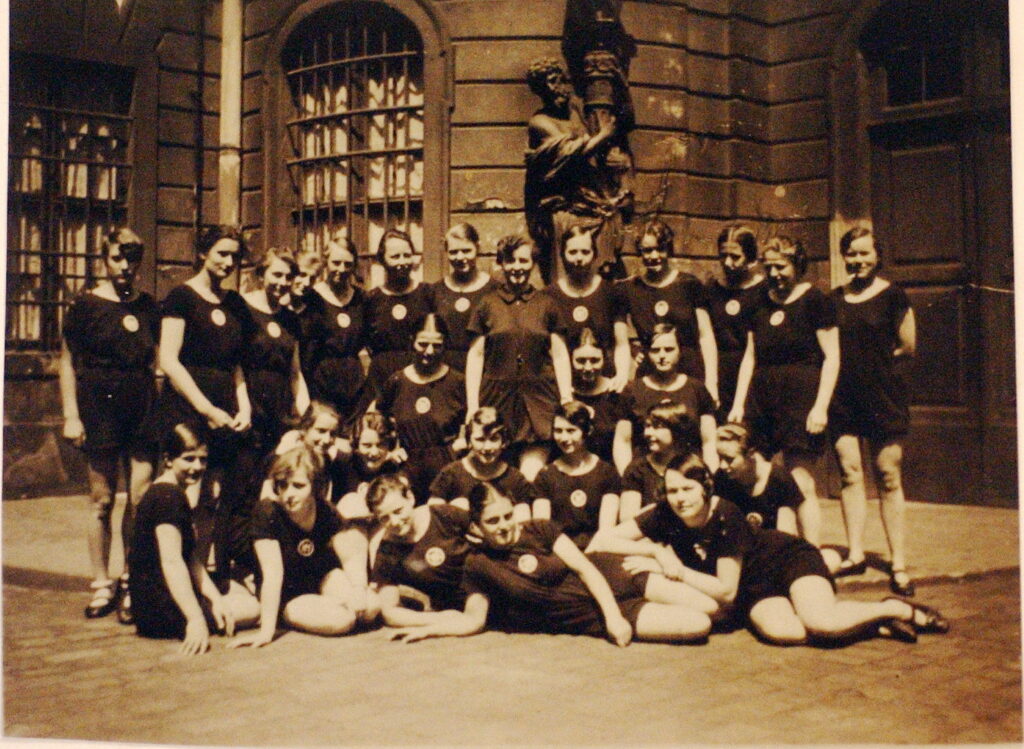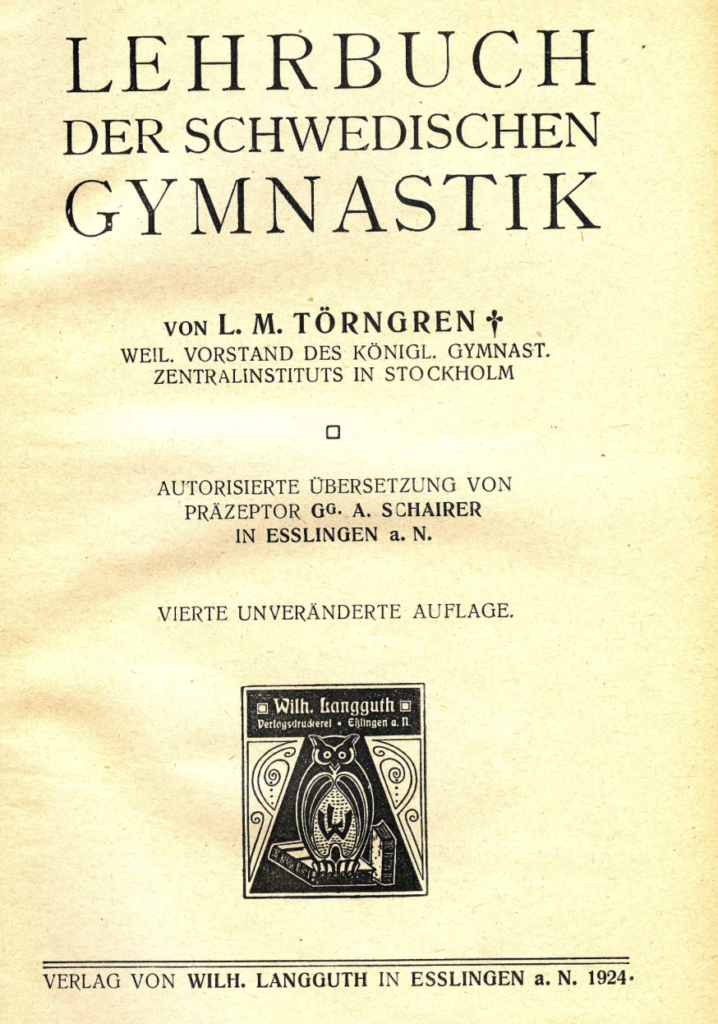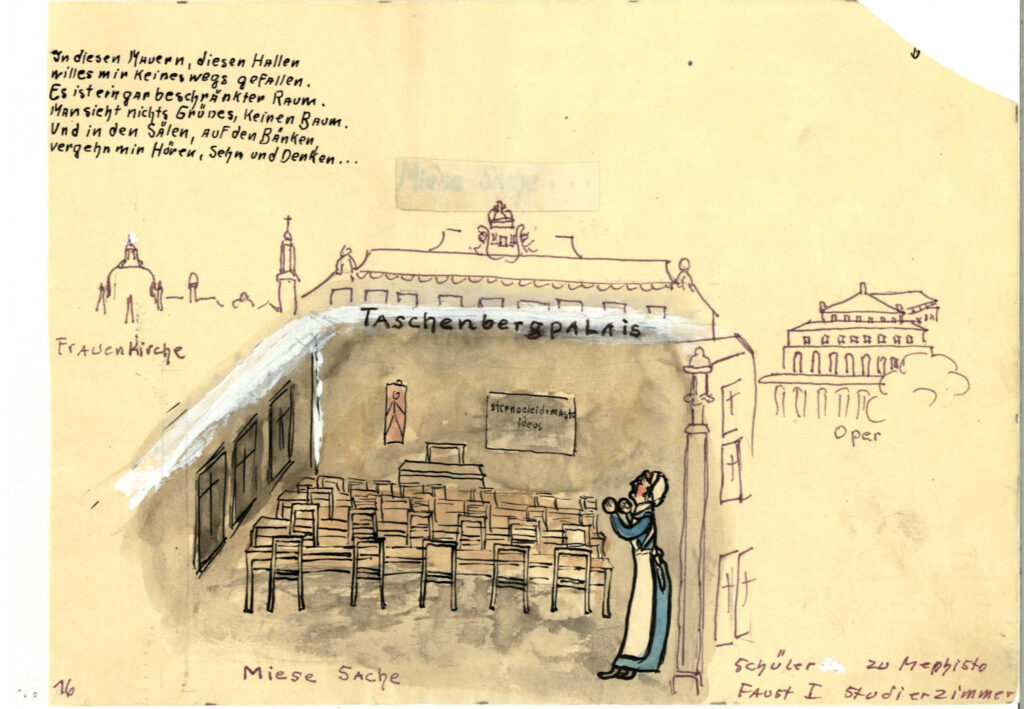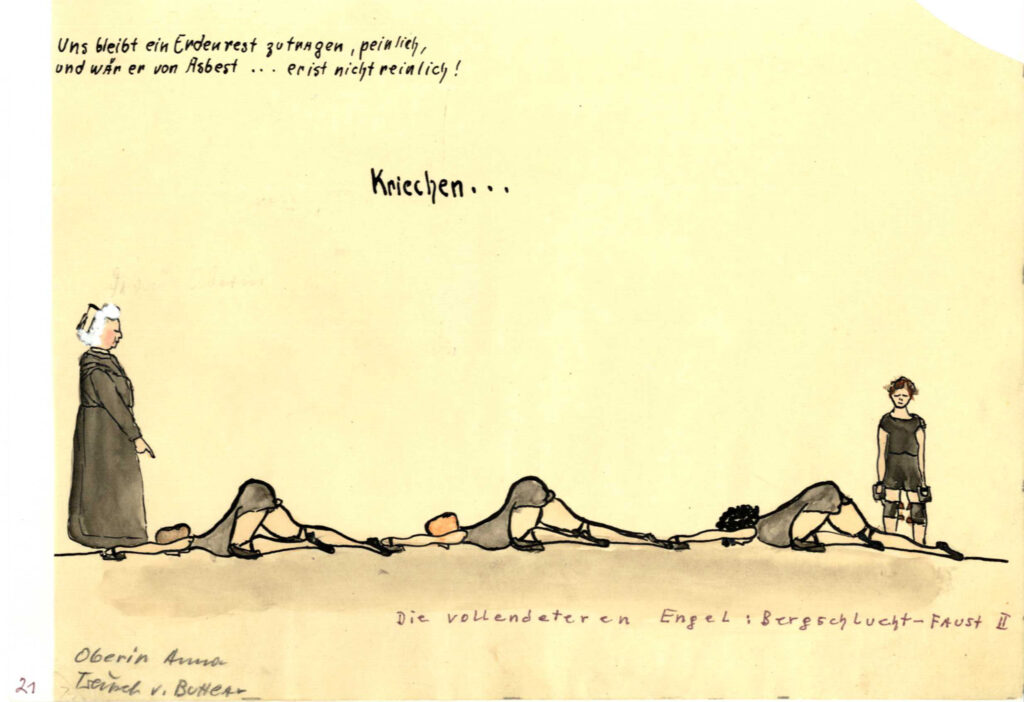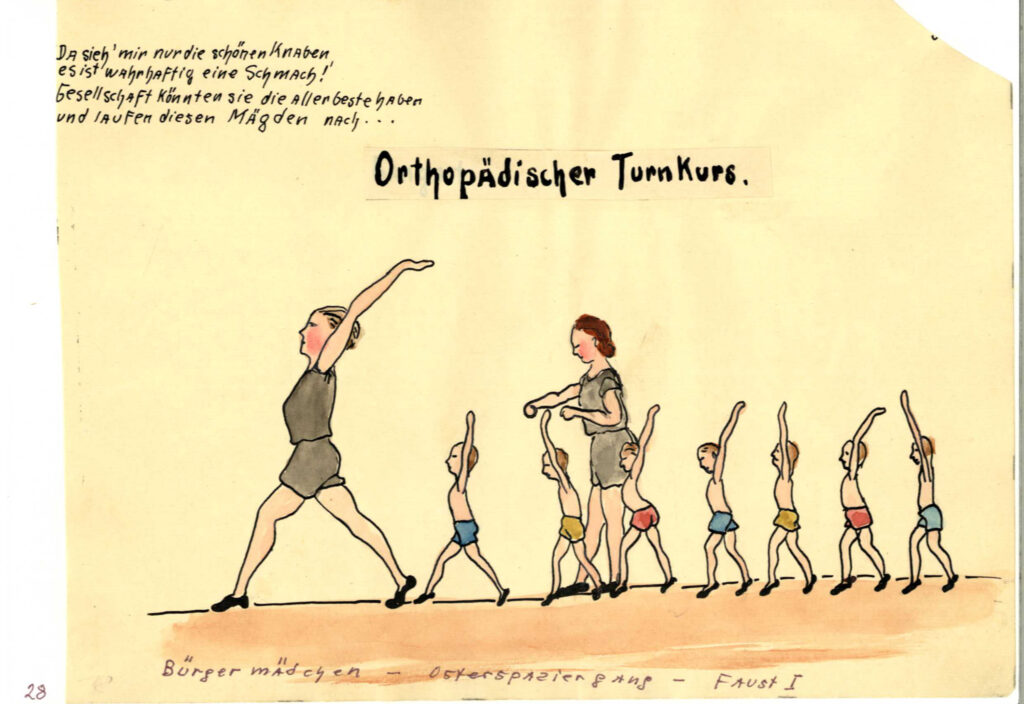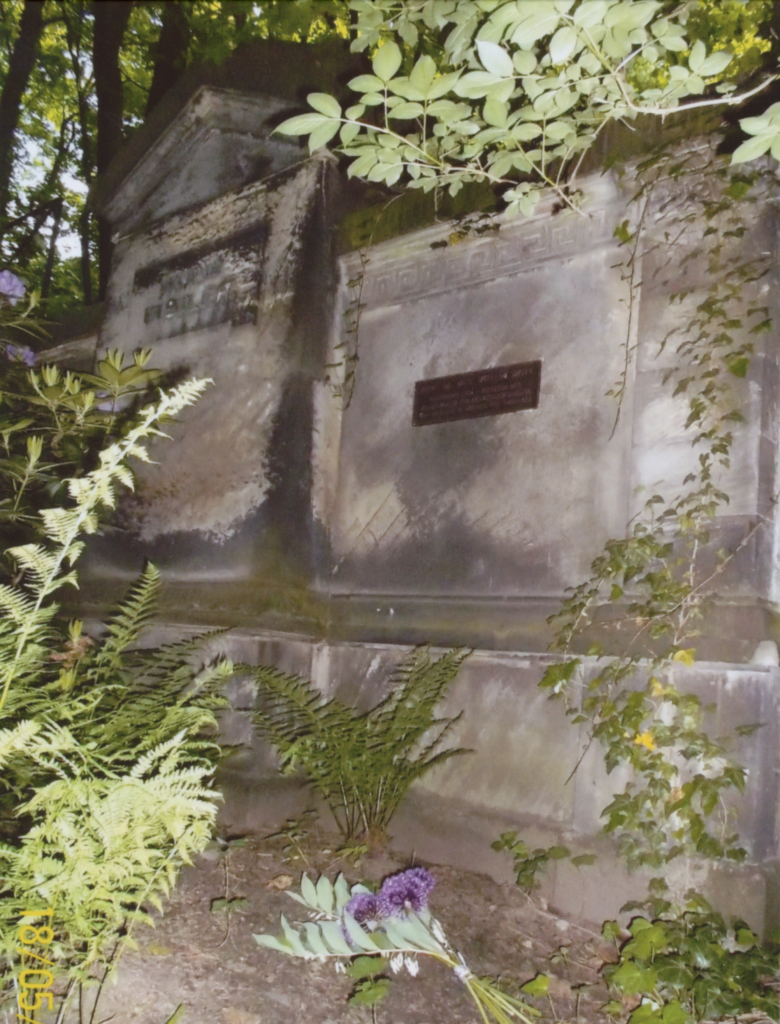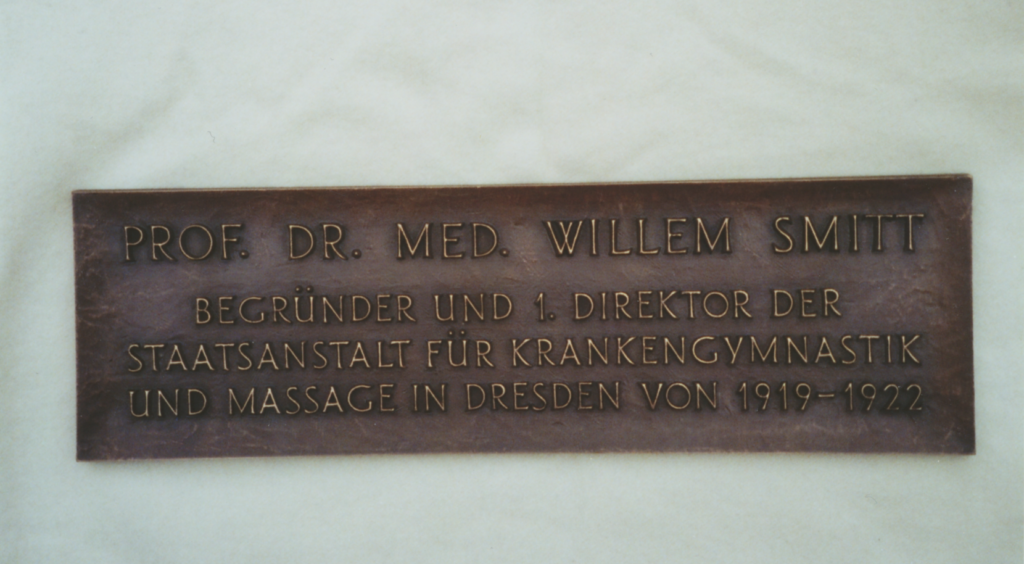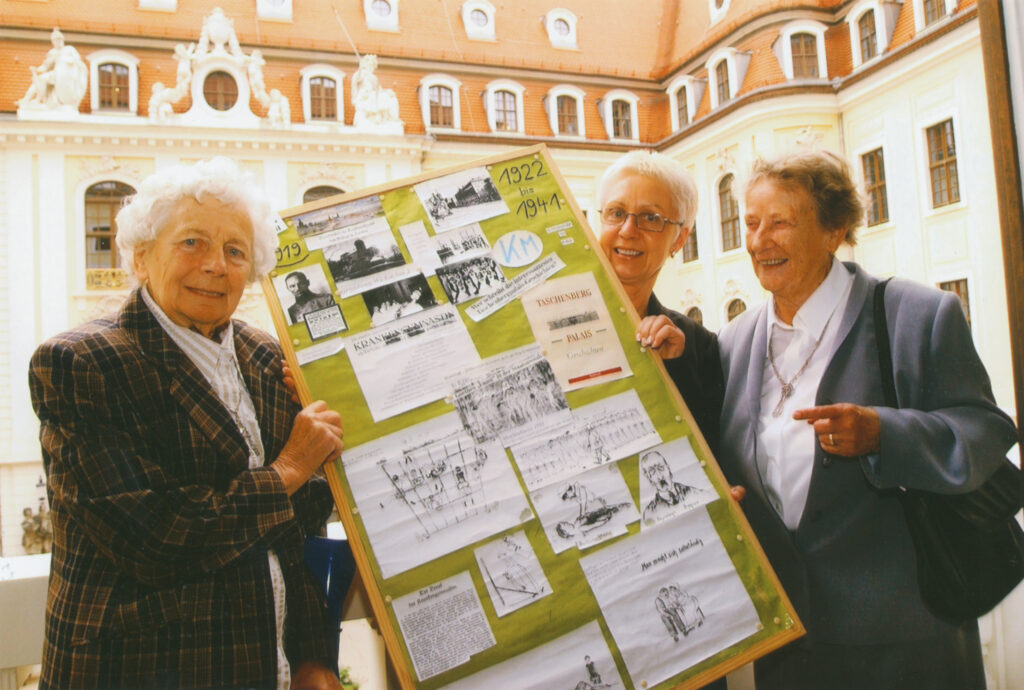(Translated by Sandra Schiller)
Physiotherapy as a profession has different roots throughout Europe. Sweden pioneered medical gymnastics at the beginning of the 19th century. The initiator was Pehr Henrik Ling, a Swedish poet with a great love for nature and his country. The Royal Central Institute of Swedish Gymnastics was founded in 1813. Pehr Henrik Ling emphasised manual techniques and is therefore also remembered as the father of classical massage. Throughout Europe, the Stockholm Institute attracted doctors, teachers and military personnel who wanted to be trained in his method.
In Saxony, Germany, the origins of physiotherapy can be traced back to a legal initiative of the royal parliament on 11 May 1917: Physiotherapy and massage were to be included as a compulsory subject in the training of nurses at state nursing schools. At first glance, it was an unremarkable law, but in fact it was the first time that a German parliament had passed such a resolution. It enabled the establishment of a state institute for physiotherapy and massage (Staatsanstalt für Krankengymnastik und Massage) in a relatively short period of time after the end of the First World War. On 2 June 1919, this training centre was opened in Dresden at Wielandstr. 2 in the presence of the President of Saxony‘s state parliament (Landtag), Frässdorf, the Minister of the Interior, Uhlig, councilor Dr. Barnewitz and the head of the Red Cross. At the opening ceremony, physiotherapy students demonstrated their exercises to the public. This was reported in the Dresdner Anzeiger of 3 June 1919, being my first “find” when I searched the daily newspaper in the Dresden city archives. The state institute had a polyclinic attached to it, and its scientifically based training with theoretical and practical subjects for the new feminine profession was described as “unique” in Germany and visited by prominent guests. But how did the state institute come into being so soon after the end of the First World War?
The first director of the State Institute, Prof. Dr. med. Willem Ernst Smitt, was the initiator and communicator behind this historical development. He had a wealth of experience in the field of curative medicine that had grown out of his previous career. Born in Leipzig in 1862, Smitt entered the Albertstadt Cadet School in Dresden, graduated in medicine in 1880 and became a doctor in the 12th Army Corps of the Royal Saxon Army, where he was promoted to Surgeon General and awarded many medals. His father, Willem Carl Claassen Smitt, was master of the chair of the Apollo Lodge, director of a girls’ school in Leipzig and head of the Leipzig Booksellers’ Training College. His mother was a teacher and part of the women’s movement in Leipzig. Innozenz Hauschildt, an educational reformer and initiator of the school garden movement, was the grandfather of Willem Ernst Smitt. Moreover, the ideas on how to teach health as advocated by the orthopaedist Dr. Moritz Schreber were well known in the Smitt family. The topic of health and the education of boys and girls had therefore been familiar to Willem Smitt since childhood. Around 1900, Willem Smitt gave up his army career and trained in Swedish medical gymnastics at the Royal Central Institute in Stockholm. As early as 1907 he opened his first private practice for Swedish medical gymnastics in Dresden and trained around 300 gymnastics nurses according to the Swedish model, and he also invited teachers from Sweden to Dresden.
In 1914 he took over the Royal Outpatient Clinic for Physiotherapy and Massage in the building of the local health insurance AOK at Sternplatz 1 in Dresden. He worked there with 40 gymnastic nurses he had trained himself. His book Anleitung zur Behandlung von Verwundeten mit Krankengymnastik und Massage: für Ärzte und Bewegungsgeber (English translation: An Instruction for the Treatment of the Wounded with Physiotherapy and Massage: For Doctors and Movement Providers) was published as early as 1915. This facilitated the future cooperation between the physicians and the so-called “movement providers”, i.e. gymnastics nurses, and proved helpful as a scientific basis for the newly emerging physiotherapy.
Smitt was initially ridiculed for using female physiotherapists in military hospitals in Saxony. At the time, women instructing military men in hand and foot exercises was not taken for granted. But manual physiotherapy showed positive results, and Smitt’s ideas won over people all over the country. The “State Institute for Physiotherapy and Massage” was founded on 2 June 1919. In a flyer from 1920, Smitt wrote about the state institution as a physiotherapy school and summarised the treatment results at the polyclinic. The doctors‘ prescriptions for physiotherapy for poor posture, scoliosis, rickets, etc., were carried out by the physiotherapy students. They were also involved in orthopaedic gymnastics in the city‘s schools, as was already the case in some other German cities.
In the spring of 1922, the State Institute moved with all its inventory and equipment to Taschenbergpalais. Prof. Dr. med. Wilhelm Smitt died of cancer on 18 April 1922, which was a tragedy for the entire staff and the students. He is buried in the St. Pauli cemetery in Dresden. Within only three years, he had succeeded in establishing the new feminine profession of physiotherapy, which had a lasting effect. Until 1941, about 700 physiotherapists were trained in Dresden. Physiotherapists were in great demand and students came from all over Germany.
There is a collection of 40 drawings by the physiotherapy student Elfriede Bauer, who, for the Christmas party in 1931, showed the inner workings of the school as “Faust in der Staatsanstalt (Faust in the State Institute)”, summarising the strict order with matron and doctors in a charmingly humorous way. She was a courageous and artistically talented young girl who makes us smile when we look at her drawings today.
A very special piece is a photo album owned by Ulli Oehmichen, who was a teacher at the State Institute around 1924. The album contains photos of the institute, members of staff and students from the early days (between 1919 and 1924).

